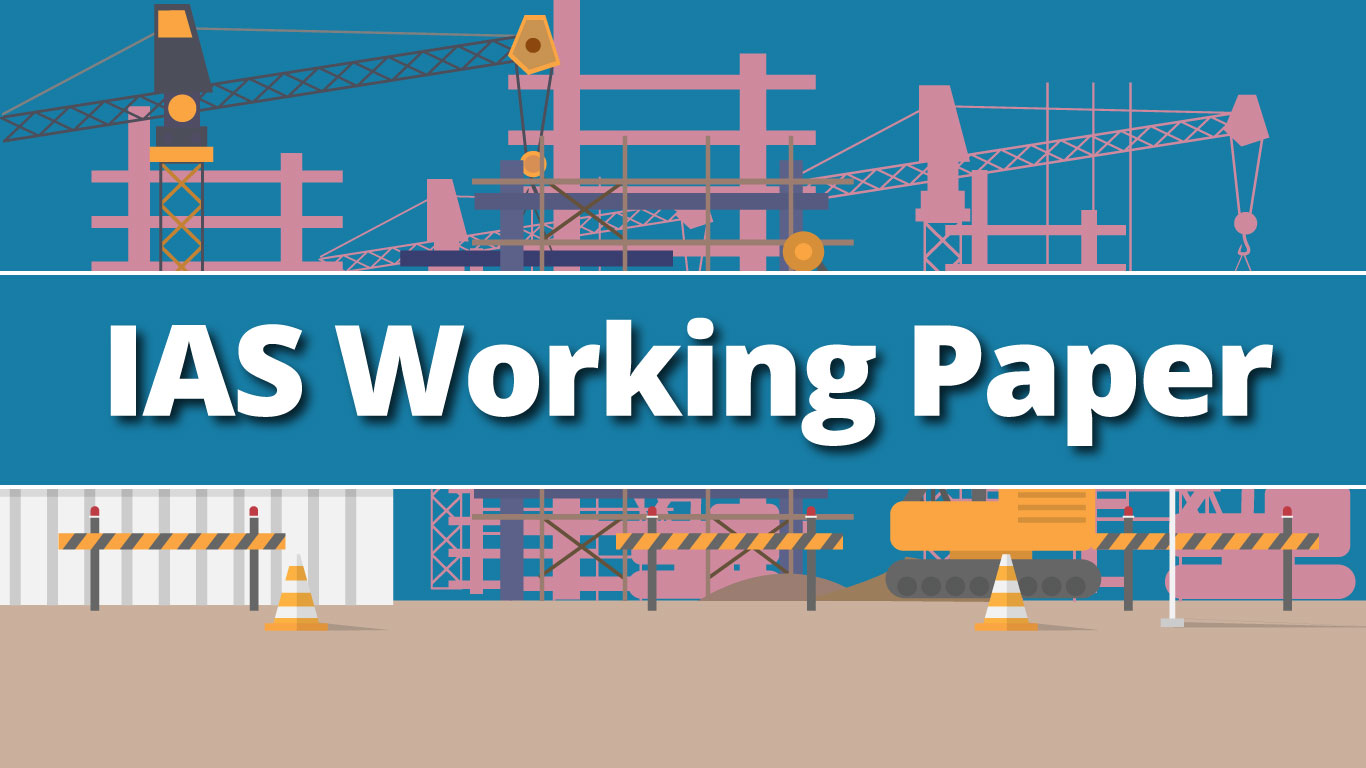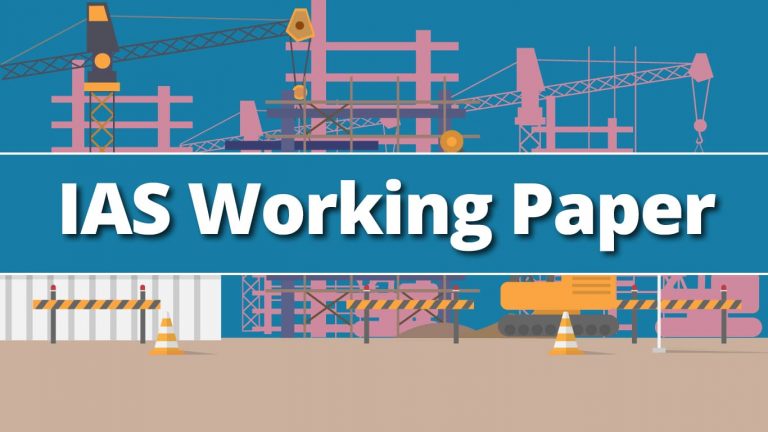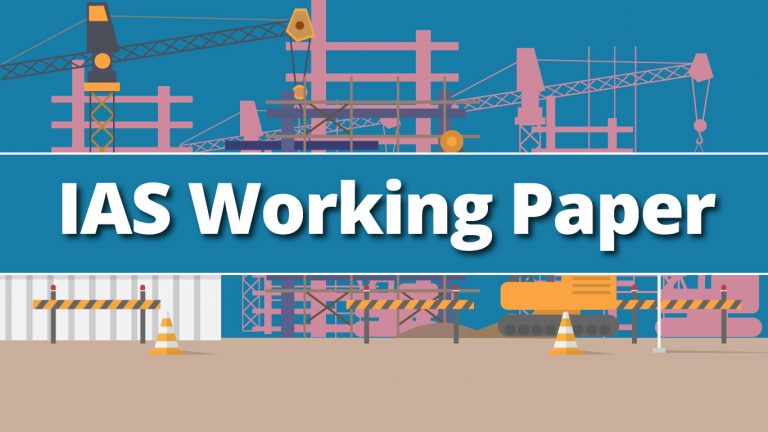The Institute of Asian Studies at Universiti Brunei Darussalam is pleased to announce the publication of IAS Working Paper No 59: Mutualism between Humans and Palms: The Curious Case of the Palmyra Palm (Borassus flabellifer L.), and its Tapper by F. Merlin Franco, Godson Samuel, and T. Francis. Please see below for details.
Abstract: Borassus flabellifer L., is a semi-domesticated palm of cultural and economic importance to local communities from the Persian Gulf to the Cambodian- Vietnamese border. Drawing from a qualitative study conducted in Southern India, we bring out its biocultural significance to the local people, and the mutualistic relationship between the palm and its tappers. Various parts of the palm are used as medicine and food by the local communities; it is celebrated in folklores, and even equated with gods. The tappers who add value to the palm by ensuring its produce is available to the local inhabitants, also take care of the semi-domesticated palm in its habitat. Energy is transferred from one partner (palmyra palm) to another (toddy tapper), and in return, the palm receives protection, seed dispersal and suitable habitat conditions to flourish. The claims of the tappers indicate that the relationship between the tappers and the palm is mutually beneficial.
Authors:
Dr. F. Merlin Franco is an Assistant Professor and Deputy Director at the Institute of Asian Studies, Universiti Brunei Darussalam. He is passionate about exploring the links between biodiversity, culture, and languages (biocultural diversity).
Rev. Godson Samuel is a pastor at the Mumbai Regional Conference, Methodist Church in India. He has been working with various communities throughout India for the past two decades, promoting conservation of palmyra palm and its habitats.
Mr. T. Francis is the Director of Resource Centre for Ecology, Agriculture and Community Development, Kanyakumari. He has been working with various local communities of India since 1975 on projects related to community development and sustainable agriculture.
To see more IAS Working Papers, please visit the IAS Working Papers web page.




